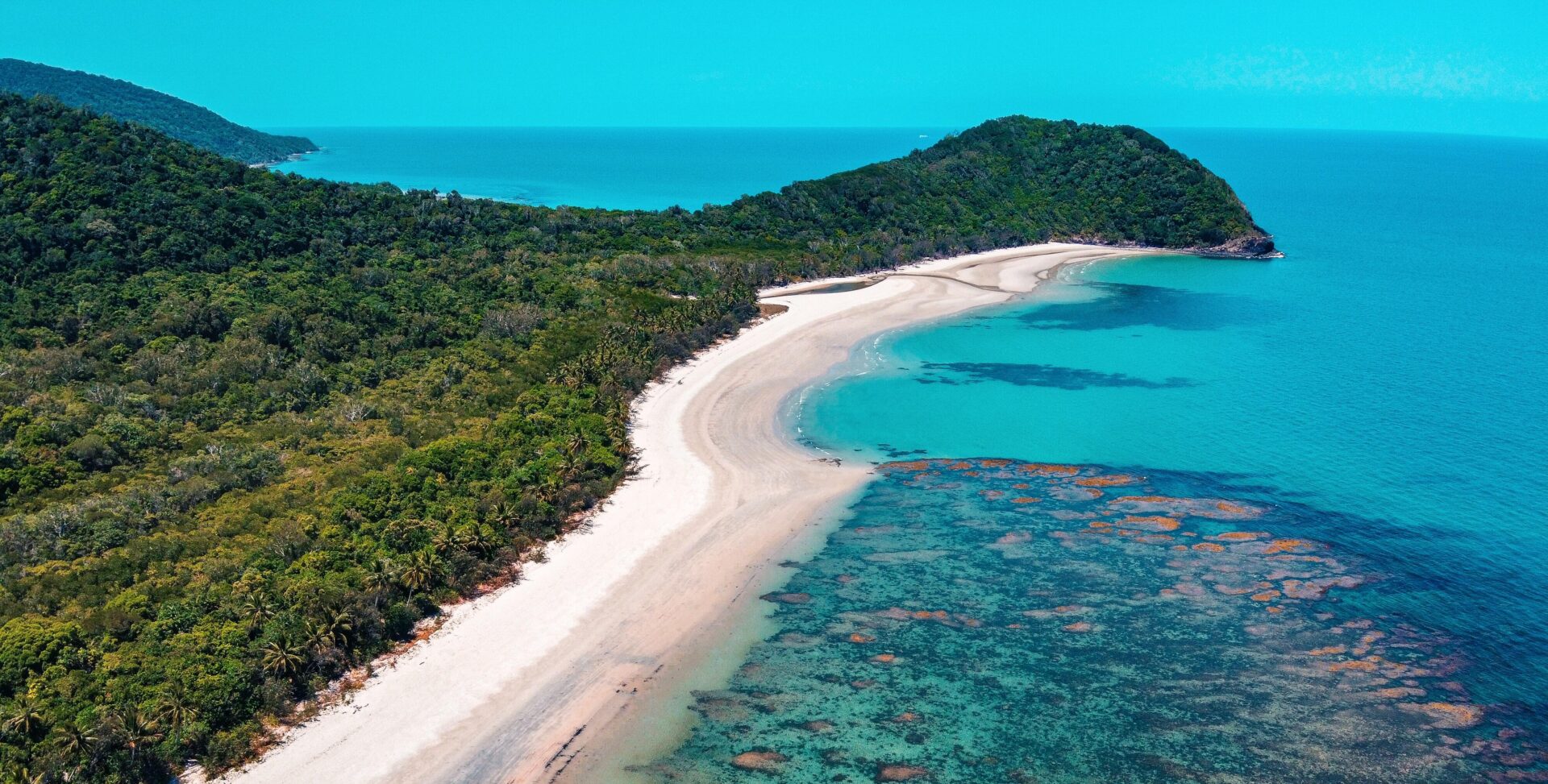Marine life and sustainable tourism destination, the Great Barrier Reef is a good destination.
“You might want to stay in the water for one more minute,” our captain shouted from a nearby boat and a small group of us floated above the water on picturesque Lady Musgrave Island. He said: “A pound of whales will come to you,” and quickly pushed the boat off the path of the oncoming cetaceans.
Looking back in the mirror, the turquoise water was so clear I could make a harbor of spell rays about 20 meters below us, where we saw one of these big boats dancing and flowing with little fish meaning the big white year. . Then, all black as humpback whales swarmed in front of us, ethereal giants shone just three feet from the edge of our wings.
In this unique part of Queensland’s Great Barrier Reef, it’s hard to believe a world heritage site escaped minor inclusion on UNESCO’s “extraordinary” list earlier this year. Although not many travelers will hear about where I am immersed in my wisdom.
Part of the Goat and Bunker Group, a coral reef and reef located at the southern tip of the Great Barrier Reef, Lady Musgrave Island is one of the best-kept secrets of rainfall. Although tourists have visited the Great Barrier Reef since 1890, the dreaded travelers didn’t start arriving south until the 1930s, when the pigeon house on Heron Island was turned into a resort. But the Great Barrier Reef (which stretches about 300 km from Popular to Bundoran) still hosts fewer visitors than Cairns and Whitsunday with less than 9% of the 2.4 million water visitors per year previously –COVID -19.
Unfortunately, from my experience of snorkeling and swimming along the Great Barrier Reef from my first visit to Ketin when I was six years old in 1980, I realized that the southern region was less dangerous than other divisions. . Being vulnerable to extreme weather events like hurricanes and long summers, it can be said that this part of the body of water is also in better shape. Along with his dedication and support, his tour operators hope to keep it that way.
Now, with forecasts and weather pressures forcing marine life and aquatic resources on the Great Barrier Reef to move south to escape rapidly increasing global warming to change, can tourists join in? As Australia approaches the opening of the world, it can be said that this corner of the world is not yet ready for the introduction of the reception mat.
A state-of-the-art pontoon with an underwater laboratory that turns into a 20-bed residence at night, Lady Musgrave’s headquarters is the newest on the Southern Great Barrier Reef. Launched in September 2021, the three-tiered pontoon, embedded at the top, allows access to unrivaled water sites beyond the usual destination for travelers (though, as I’ve seen recently, the latter is still interesting). Regularly stationed in the marshes around Lady Musgrave Island, where the Queensland National Parks and Wildlife Service (QPWS) operates the park, Lady Musgrave headquarters is now one of the most impact-free walking experiences on the Great Barrier Reef.
“Pontoon is a great brand,” says Brett Lakey, owner of the zero-carbon Lady Musgrave Experience, owner of the Bundaberg marine business. Built with the best eco-friendly materials available, Lady Musgrave HQ runs entirely on solar and aerial energy, has a balanced design, and recycles all floor-generated waste available at Reef Empress, the 35-meter catamaran that enters the base. heels. He said, “It is bound to withstand the third storm, which is more optimistic than we will get here.”
Visitors have the opportunity to bring fish back by growing crops in an indigenous science program and learn about water conservation through Guardia del Garda’s Gidarjil Bundaberg, part of the Queensland Indigenous Land and Marine Conservation Program, which is a regular feature and experience by Lady Musgrave.
Dive sites that currently house Lady Musgrave’s headquarters may include the beautiful coral reefs reaching Lady Elliot’s Island, the Great Barrier Reef located south of the coral island, where today’s rays accumulated by the hundreds meet. With miners injured in the late 19th century and then abandoning goats, Lady Elliot Island has been carefully crafted over the past 50 years, most notably by the Gash family, who have been running the Lady Elliot Island Eco-Center since 2005.
We love setting the stage for sustainable island tourism in Australia, where family holidays reach 100% mobility targets by 2020 – no small feat for a 150-bed hotel in the middle of the sea, some 80km from the mainland. by Bundoran.
In 2018, Lady Elliot Island was selected as the first “ship for climate change” under the Great Barrier Reef Foundation’s Coral Islands Initiative, designed to protect dramatic habitats from the impacts of climate change. Building the flagship production system of the Gash family, a large-scale project launched as part of this project, cost much more than expected.
“We started planting trees because it seemed like the right thing to do, but now we are seeing a change on the waterside,” said Recreational Director Peter Gash, who received the 2020 Australian Order Medal for the job. of him. ecotourism in the aviation sector. ‘Scientists have found that guano acts as a fertilizer for corals, so the birdlife of the plants it grows contributes to the growth of the water.’
The main thing that is preparing the island as a “boat,” project leader Dr. Kathy Townsend, a water scientist and lecturer at Sunshine Coast University, is to learn more.
She said, “We’re doing a list of background types to let us know what’s going on here right now,” she said. “This will help us investigate the ‘Thermal Refugees’ (aquatic life and birds fleeing the tropical heat further north) that will arrive in time.”


